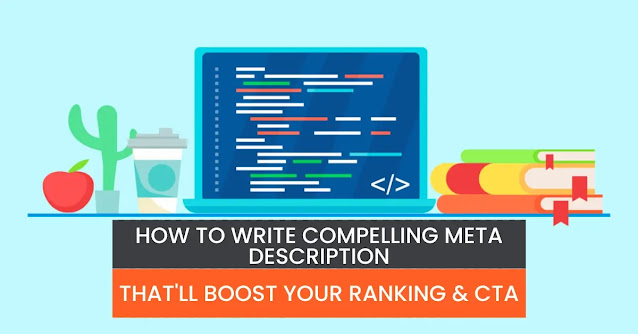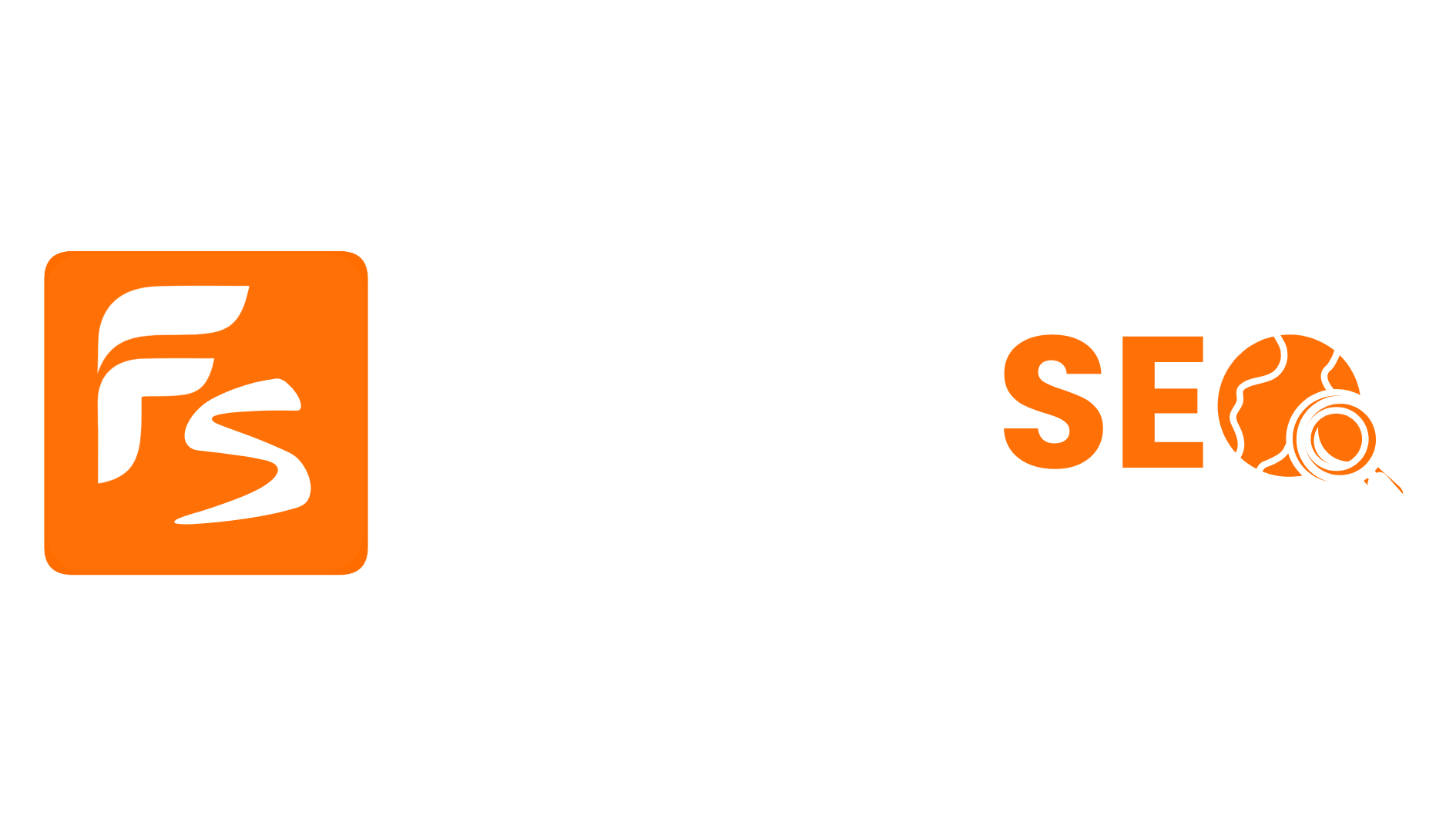What is a meta description? Why are meta descriptions important? How to write a great one? Do they help with search engine optimization?
Although meta descriptions are not a part of the ranking factor, they do help with other goals such as improving CTAs by tempting people to click on your listing instead of others whose descriptions are not interesting as yours.
If you want to increase your organic ranking, the second answer is the meta description after the title tag. That is if they are written well.
Ranking on SERP does not mean people will click on it, if your description is boring, don’t show what they want to learn. You must avoid writing different descriptions and your content is different. It should match your content and be relevant to it.
A great meta description has a feature to entice people to click on your page in search results to learn more.
Below, we will explain the best practices to create a great meta description, to help you achieve your goals.
What is a Meta Description?
A Meta Description is an HTML attribute used to describe what a page is about. It appears in search results after a blue link called the title tag or title of a page.
Search engines display meta descriptions in search results to let the visitors know the content of a page, before clicking on it.
Any word that matches the search queries, is bolded in the description. The end goal is to convince and persuade users to click on it.

Why is Meta Description Important?
A meta description is important because meta description is used by Google’s algorithm, which helps determine Google, for what keywords your pages should rank.
If you are using meta descriptions correctly, you have an opportunity to include meta tags that are not in your content.
It lets Google read and comprehend the content of your meta description.
If you don’t include meta descriptions or write badly, Google will display a snippet of words from your content, and believe it’s not always correct. Sometimes it shows irrelevant sentences which never bring a single click.
Now, the second part of importance is, you see when pages are shared on social media it pulls the meta description from Open Meta graph tags.
Meta descriptions used as a ranking signal?
Google has stated, that meta description is not a ranking factor, but quality meta description plays a significant role in driving users to your page.
Meta description helps:
- Increase CTAs(Click through Rate), which in turn brings leads and boosts conversion.
- Improve your page indexing or ranking in SERPs.
- Make it easier to find the content overview without going inside the content or scanning meta tags.
Note: If you rank #1 on search Results but the traffic is going to #2 or #3, your ranking will eventually go down and they will come up. So, the only ranking does not help you get visitors if your description is not compelling to get clicks.
Pages with meta descriptions see an average of 5.8 percent more clicks than pages without descriptions.
Tips for writing great Meta Descriptions in 10 Steps
Meta descriptions are great to engage people in SERP with your page and improve your organic listing.
Generally, your page must have a great meta description to get the goal of content creation, get visitors, drive sales, generate leads, or complete any goal.
You need a compelling eye-catching description, and to accomplish that goal you should know how to craft a great description!
1) Include Keyword
2) Answer the question
3) Mention a solution to the challenge
4) Keep the description concise
5) Don’t overuse keywords
6) Be engaging and unique to readers
7) Add a call to action
8) Avoid duplicate descriptions
9) Use active void
10) Experiment with character length
Include Your Main Keyword
There are three reasons to include your main keyword in your meta description.
- It helps a search engine understand the page better with help of keywords and rank it higher.
- It assures the user of the content of the page by including the main keyword in it.
- The keyword becomes bolded when it matches the search term.
Ensure to use the different keywords in the meta description for different pages, to get on all relevant search results.
It should be reminded that Google doesn’t use keywords in meta tags as ranking factors directly, which doesn’t mean they are not valuable for users.
Avoid keyword stuffing and try to maintain a good keyword ratio. Meta descriptions must contain at most 2 keywords and should be relevant to your page/ content. Keyword Stuffing leads to a Search Engine Penalty.
Answer The Question of Readers
It is likely, that everyone knows and does the same thing at Google,
Searching for an answer to their question. Try to get into their heads and think, about what they are looking for when searching your target keyword? Think and write an answer to their question in your meta description.
For example, let’s say your web page provides readers, with all the digital marketing resources you are using.
Most likely, the question audience will search at Google is, Digital Marketing Resources, Your meta description then let reader should know, that they can use all digital marketing resource, you are using!
For instance, it will be my “Recommended Tools for a Successful Online Journey- SEO, Digital Marketing, Blogging, And Online Business … The tools, Software, and Resources fdigitalblog use.”
Mention a Solution to a Challenge They are Facing
When your readers are looking at Google it means, they are looking for their problem to get solved, or the challenge they are facing- a solution.
For instance, if you are writing a blog post containing a list of chrome extensions helpful for productivity, seo. It must mention how many chrome extensions are in the post and why that will be valuable to readers.
Let’s see my post example, where I come up with the best chrome extensions, and I go like this.
“Looking to get more done in less time? These 12 Best Google Chrome extensions will reduce your marketing workload and make you more …”

It is curious to the readers about the chrome extensions to do more work in less time and clearly shows the reader, that there are 12 Chrome Extensions to learn about.
Be engaging and unique to readers
If you can, try to make your meta description engaging and eye-catching, stopping the reader from scrolling to the SERP. It will be helpful if your content is like your meta description- engaging, and unique.
It means the content of your post and the meta description tone should be similar. Let’s say your blog post is about “sports” funny and entertaining. And your meta description is straightforward from point to point (Serious).
A description like that may cover all your topics, but it makes personality out.
Keep the meta description concise
Your meta description is an overview of your content, while the main part is inside which educates the readers, so the meta description does not need to be lengthy. The standard length of a meta description counts between 150-160 characters.
Making it around the standard is important because after the limit Search engine shows(…). It truncates the description and shows ellipses.
If you are writing a blog post at CMS like blogger, WordPress, and others, they have a separate area to write and upload descriptions with a 150-160 characters limit.
There you can’t write more than the standard limit.
Include CTA in Your Meta Description to Entice Readers to Take Action
Using call-to-action(CTA) in the meta description is a great way to make people click on your site. You can use any CTA phrase that suits your content the most. Like “start a free trial”, “learn more” or “click here”, these phrases are used as CTA, a different phrase used for a different purpose.
It helps readers understand what it offers and what they can expect if they click. “Learn More” means they will learn something, while “start free trials” makes sense of service with a free trial.
CTAs are used to sell a product, get email sign up, and direct readers to your social media or blog post.
Avoid Duplicacy of Meta Description
A meta description is important for ranking and seo, so make sure to write a unique meta description for different pages. Unique meta descriptions increase the probability of getting understanding the content by search engines and browsers easily and getting indexed.
And why duplicate meta description is bad for SEO?
If you have multiple identical meta descriptions, google may flag your content as low-quality or redundant, thus impacting your seo ranking.
This should not happen especially on E-Commerce sites, because they have several pages with similar content. Even if the page has a similar product, the meta description should be unique.
So instead of writing duplicate, try to write simple, meaningful, easy-to-understand, and descriptive.
Use Active Voice
Using active voice in meta description improves clarity and entices the click by addressing the searcher directly.
Experiment with Character Length in Meta Description
Meta descriptions are limited to 150 characters. Going beyond the limit will result in your meta description being truncated in the search results, which means readers can’t see any content after the (…) cut-off.
Here’s an example of a meta description truncated.

Even though you can not go over the limit, it’s good to experiment with my description to see what works best for your pages/ posts.
For example, a listicle blog post or article may get more clicks if you used a list in the description. This method make curiosity in readers about the other half list which does not show in the description. Or you may get more clicks on in-depth guides with truncated results because readers want to learn more.
Likewise, it depends on your content, homepage liked with a short description and a similar blog post with truncated results.
Conclusion Of Writing Meta Description
A meta description is one of the first topics most people encounter while entering the world of SEO, Blogging. And luckily it’s the easiest to understand and master on it, where you don’t need to spend much time.
Your meta description is the second chance to win over the readers after the title tags. Which I will cover in the next post.
Got any questions? Feel free to comment, ping me on Twitter, Instagram Dm and Contact me through the contact us page.
You have several ways to get in touch with me. Stay up to date.

